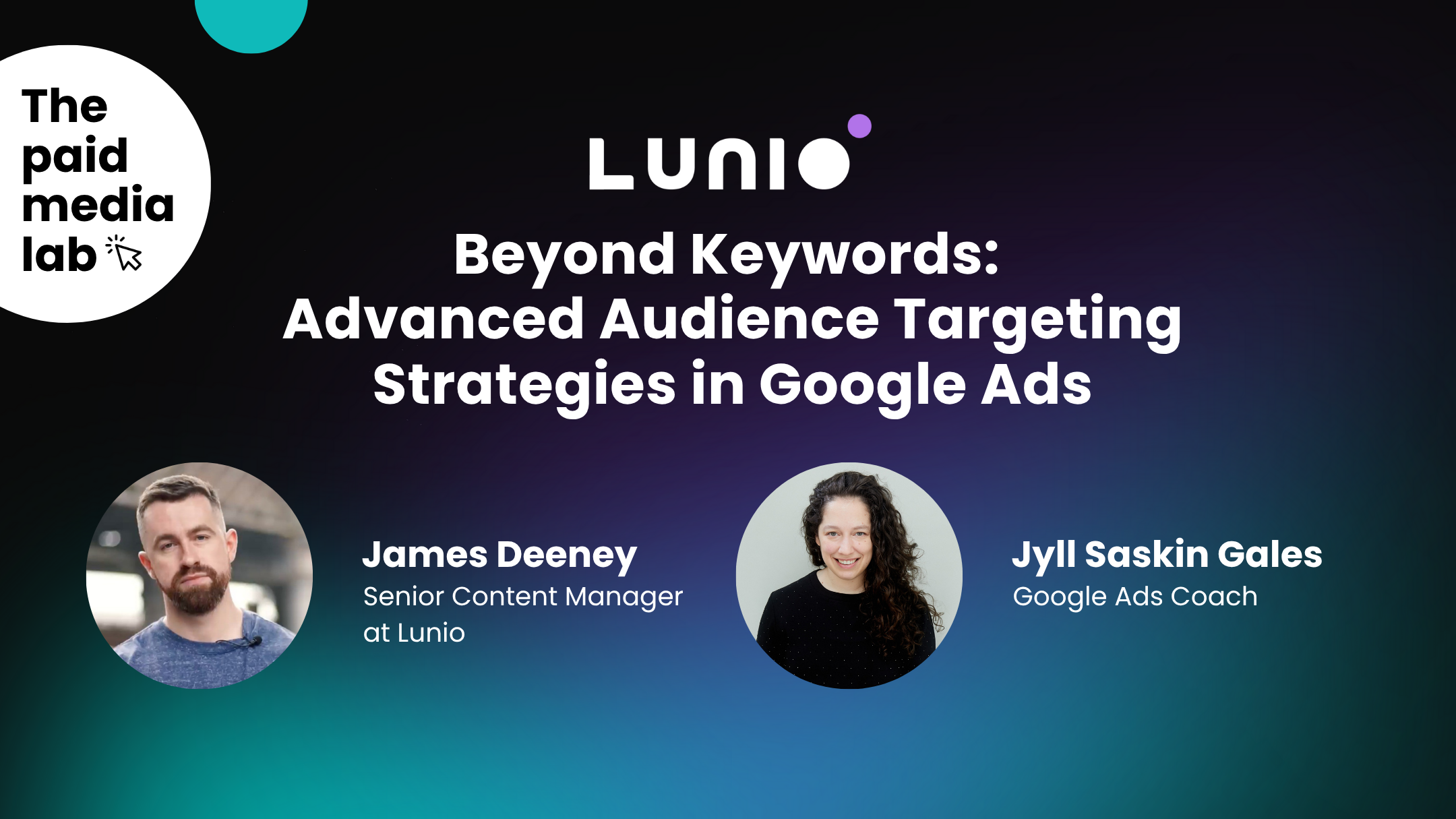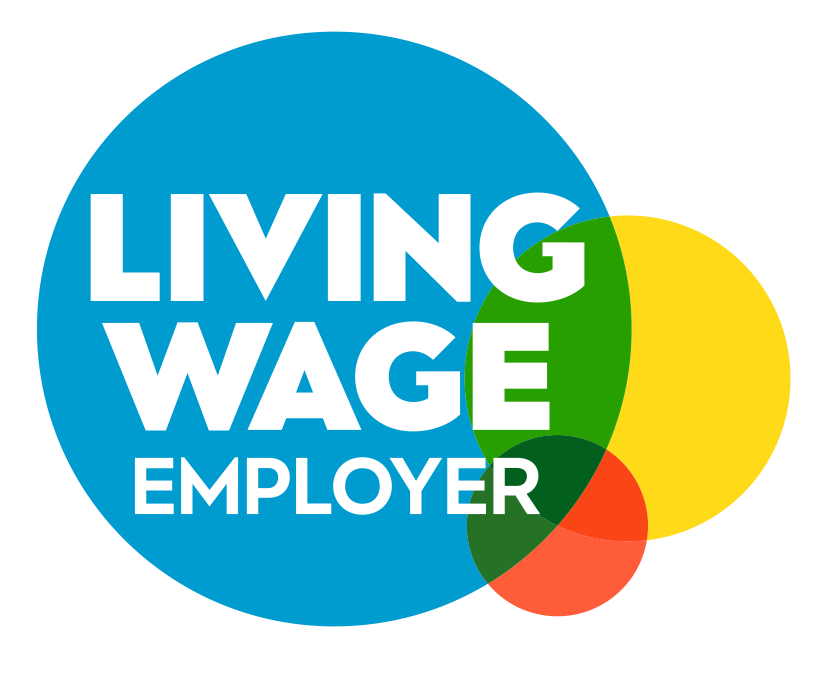In October 2023, Google rolled out Demand Gen campaigns to all advertisers globally. Since then, paid media experts have been putting them to the test.
So now the data is in, what are the proven best practices and strategies to maximize Demand Gen ROAS?
As the replacement for Google’s previous Discovery Ads, Demand Gen campaigns intend to help advertisers reach shoppers on platforms outside Google Search - including YouTube, Gmail, and Discover feeds. So in theory, they’re perfect for putting products and services in front of people who aren’t already actively searching for them. But as with any new campaign type, there are now some emerging best practices to follow and common pitfalls to avoid.
To dive deep into all things Demand Gen, we spoke to Thomas Eccel, Senior Performance Marketing Manager and Google Ads Expert. Thomas also recently founded the Top PPC Updates Newsletter, which already has more than 10,000 subscribers.
Over the past six months, Thomas has carefully documented and shared his own Demand Gen insights and discoveries, making him one of the leading independent experts on the topic. And as a former Performance Marketing Consultant for Cognizant & Google, Thomas profitably managed more than €10M on Google Ads, working with clients like Nike, eBay, BMW, HelloFresh, and more.
Watch the full Google Demand Gen webinar here
TL;DR - Key takeaways
Don’t have time to watch the full webinar? We’ve compiled a list of all the key takeaways and actionable tips below, segmented by topic.
Need a quick refresher on Google Demand Gen campaigns before we dive into the details? Take a look at the slide below:

Common pitfalls to avoid with Demand Gen campaigns
Not sticking to a single campaign structure:
- Don’t run multiple Demand Gen campaigns - instead, run a single consolidated one. This is why Google provided location and language targeting at an ad group level - consolidated Demand Gen campaigns are far more effective.
- One exception to this is when you have multiple different campaign objectives.
Stagnating audiences:
- Don’t rely on automation alone to help you capture your target audience.
- Demand Gen campaigns provide some valuable insights into audience segments, so be sure to test different audience segments.
Ignoring Demand Gen campaigns once they’re set up:
- Even though Demand Gen campaigns are largely automated, there is still a lot of room for optimization.
- Don’t set up Demand Gen campaigns with the intention of never touching them again. Be hands-on with testing and optimization to ensure peak performance.
- Rotate different creatives to optimize your campaign and discover what resonates with your audience.
How to optimize first-party, lookalike, and custom audiences
Google provides lookalike audiences (audiences that share similar characteristics and behaviors similar to your first-party audience) to enhance your Demand Gen campaigns.
You can also select other first-party segments (remarketing) and third-party data lists for your Ad Group (e.g in-market segments or custom segments)
Google recommends using a combination of first-party, lookalike, and custom audience segments for optimal results.
First-party, lookalike, and custom audience tips:
- Demand Gen models learn and optimize at ad group level - so combine relevant first-party, and custom audience segments together during campaign setup. This will allow Google to target the most relevant users with lookalike segments.
- You can analyze and compare your audience segments by going into your Demand Gen campaign and clicking on ‘audiences’. Here, you’ll want to click ‘show table’ - this is where you can see the performance statistics of your first-party, lookalike, and custom audiences. You can use this data to get a good understanding of how well each segment is performing, including the CTR and other key metrics for your lookalike audience.
- If an audience segment is underperforming, remove or change it in the audience section. For optimal performance, you’ll want to ensure each segment is performing well. (Take a look at Thomas’ in-depth LinkedIn post for more information).
How to choose the right Demand Gen bidding strategy
There are four different Demand Gen bidding strategies available for marketers:
Maximize clicks
- Made for advertisers who, due to the nature of their business, cannot track sales or leads.
- Do not use this if you track conversions.
Target ROAS (tROAS)
- Target ROAS is ideal if you know the margins of your product or service.
- Targeted at the lower end of the funnel.
- Cannot not be used at the beginning of your campaign, as Google needs additional data to optimize tROAS. You’ll need at least 50 conversions to switch to a tROAS bidding strategy.
Target CPA (tCPA)
- Recommended for use at the start of a lead gen campaign.
- You’ll need to pay attention to your daily budget when using this bidding strategy - Google recommends setting your daily budget around 10-15 times higher than your CPA, however it can work with less (although no less than 5 times higher than your CPA).
Maximize conversions
- Easiest option for first-time users testing Demand Gen campaigns, or those with no specific goals in mind.
Note: After switching your bidding strategy, wait at least 1-2 weeks before evaluating your campaign performance.
Best practices for excluding placements and YouTube channels
- Shopping feed ads being placed on the YouTube home feed are a unique benefit of Demand Gen campaigns. This provides a very brand-safe environment for your ads with a clean, easily visible placement. It also means you don’t have to worry about your ads appearing in front of any sketchy, potentially damaging videos on the site.
- Thomas has created a specific workaround for excluding specific ad placements on YouTube:

- This allows you to filter out low-performing, unhelpful, or damaging ad placements on YouTube.
How to boost CTRs by adding sitelinks to campaigns
- Adding sitelinks to your Demand Gen campaigns can boost CTRs and improve ad quality. This is important, as the higher your CTR, the more Google will push your ad.
- Sitelinks for Demand Gen campaigns can show in the skippable in-stream ad format on mobile devices.
- Google can show up to four sitelinks on this YouTube format.
How to troubleshoot underperforming Demand Gen campaigns
- Check you’re using the right bidding strategy - Target CPA can be increased, and target ROAS can be lowered in order to better optimize these bidding strategies. In some cases, it may be worth swapping bidding strategies entirely to ensure you’re getting the best performance.
- Is your daily budget limiting performance? - If you’re not getting conversions, take a look at your daily budget to ensure you’re not limiting campaign performance. You can also check your attribution report to see if your Demand Gen campaigns are ‘secretly working’ - are they assisting other campaigns?
- Are you using a consolidated campaign structure? - For the best results, use one consolidated campaign instead of multiple single campaigns.
- Check your audiences - Make sure you know which of your audience segments are working, and which aren’t. Swap out ineffective audience segments to get the best results from your Demand Gen campaigns.
- Check your creatives - Creatives are the key drivers for your campaigns. Optimize what works and remove what doesn’t work in order to resonate with your target audience.
Average invalid traffic rates for Demand Gen campaigns
- The average invalid traffic rate across all Demand Gen campaigns currently protected by Lunio was 4.65%.
- There was significant variability - some campaigns saw IVT rates of around 0.5%, whereas others saw IVT rates of over 13%.
- Lunio works to optimize Demand Gen campaigns by eliminating fake clicks at the source. Request a free demo to see how badly IVT is affecting your ad spend.

Useful links and free resources
Lunio’s 2024 Wasted Ad Spend Report
Thomas Eccel - Top PPC Updates Newsletter
Lunio’s 100k Display Campaign Exclusion List
Google Demand Gen Campaigns: Specs, Examples, & Tips
YouTube Shorts Ads: Everything Marketers Need to Know
Google Introduces Generative AI Tools For Demand Gen
Differences between Demand Gen & Discovery campaigns
How to use Lookalike segments to grow your audience
How to exclude YouTube channels from Demand Gen
How to use Custom Columns to correct Demand Gen click reporting
Say goodbye to wasted ad spend
Discover how Lunio can help you eliminate invalid ad clicks and maximize paid media performance




![How to supercharge Google Demand Gen campaign performance [webinar]](https://cdn.prod.website-files.com/66916e5acef29ed72641a44f/66ba1ee17989cf2c2aaff0f5_download.avif)
.png)



.png)





